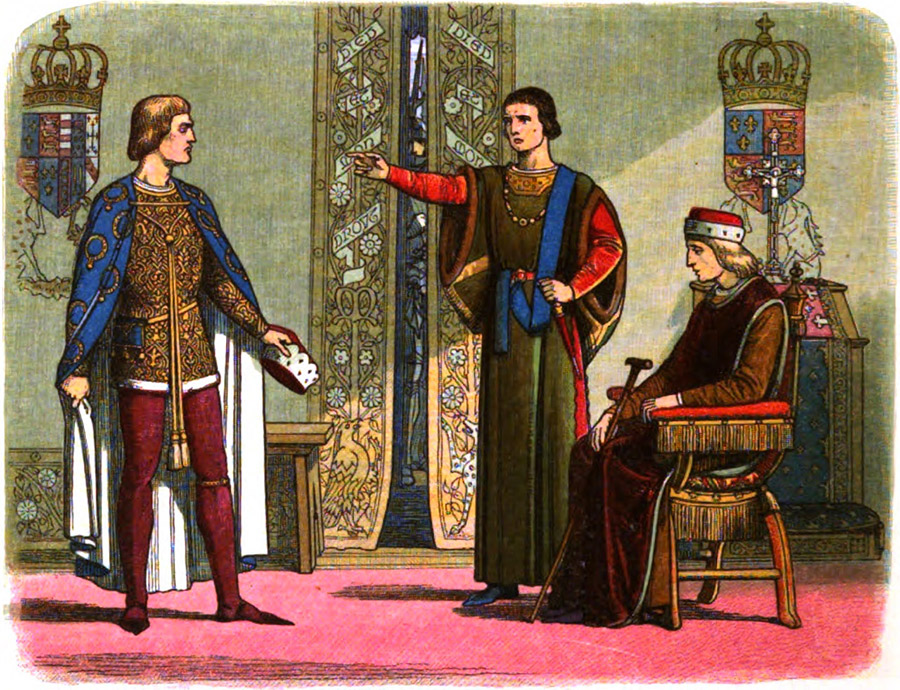Richard of York killed in battle
A key player in the War of the Roses died on December 30th, 1460.

Richard, Duke of York was one of the barons who competed to run England during the reign of the hopelessly inadequate Henry VI. With a better claim to the crown by strict primogeniture than Henry himself and hugely rich, he would be the Yorkist leader in the Wars of the Roses. When Henry lapsed into insanity in 1453, Parliament installed York as Protector of the Realm, but the birth of a son to Henry’s French queen, Margaret of Anjou, seemed to extinguish any hopes he cherished of the throne.
Henry recovered, York’s regency ended and Queen Margaret, who was determined to protect her baby son’s rights, outmanoeuvred York. Civil war broke out. York was defeated by a Lancastrian army in Shropshire in 1459 and retreated to Ireland with his second son, Edmund. In June 1460 York’s eldest son Edward landed in Kent from Calais with the support of the Earl of Warwick (‘the Kingmaker’), claiming to be fully loyal to Henry and intent only on righting the misgovernment of the realm. A Yorkist government was formed in London. York and Edmund returned from Ireland early in September. York seized Henry and for the first time openly asserted his right to the throne. Edward and other Yorkists thought this ill-advised, but in October Parliament agreed that Henry would keep the throne and York would succeed him.
York and Edmund marched north to their castle at Sandal, outside Wakefield, to deal with the Lancastrians in Yorkshire. They were confronted by an unexpectedly large enemy force and in the ensuing battle they were both killed. There was a story that they were suddenly attacked in time of truce and another that York was captured alive, given a paper crown and taunted before being beheaded. Certainly his severed head was taken to York and stuck up on the walls beneath a mocking paper crown. He was 49 when he met his death. He never wore the real crown, but two of his sons did, as Edward IV and Richard III.




